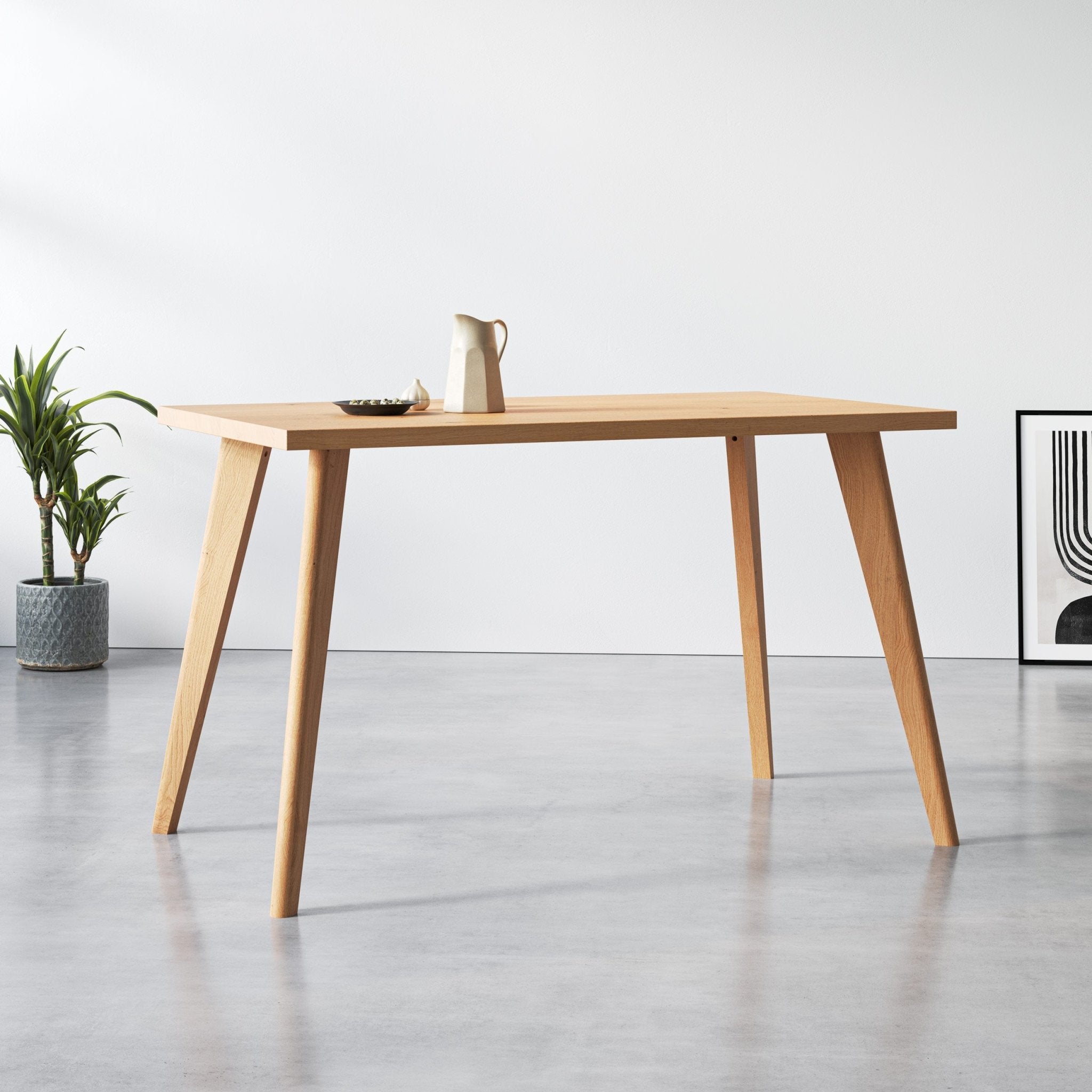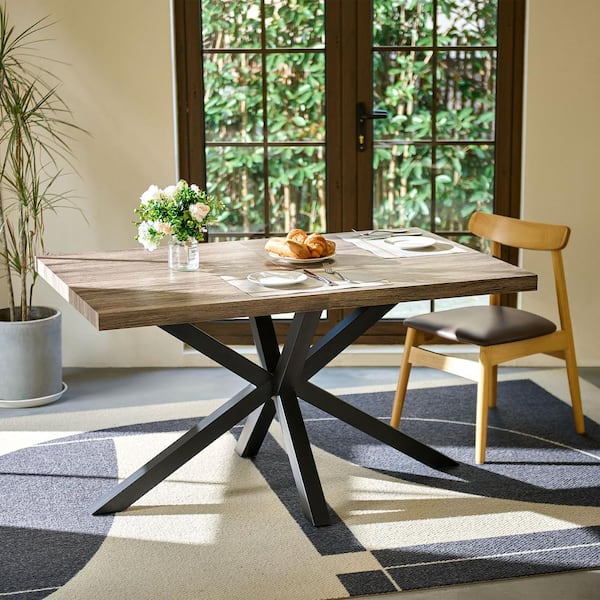Find Ageless Elegance in Handcrafted Dining Table Legs Wood Selections
Find Ageless Elegance in Handcrafted Dining Table Legs Wood Selections
Blog Article
Discovering the Various Kinds Of Table Legs Timber for Your Dining Area
The selection of dining table legs timber can profoundly impact both the functional and aesthetic high qualities of your eating area. Strong wood options, such as oak and walnut, supply a classic look with unequaled sturdiness, while crafted timber choices offer ingenious styles that simulate the splendor of all-natural grains.
Strong Timber Options

Unlike engineered materials, solid wood is less prone to bending and damages over time when effectively maintained. Each item of strong timber is unique, showcasing private attributes that add to the appeal and character of the dining table.
In addition, solid timber can be finished in numerous ways, varying from all-natural oils to discolored surfaces, allowing property owners to customize their furniture to match their decor. In recap, picking strong wood for dining table legs not just makes certain architectural stability but also boosts the aesthetic charm of the dining location, making it a beneficial investment for any home.
Engineered Timber Alternatives

Plywood, constructed from multiple layers of timber veneer, is secure and specifically strong, making it an excellent selection for dining table legs. Its split structure allows it to withstand adjustments in humidity and temperature level much better than typical solid wood. MDF, on the various other hand, offers a smooth surface area for painting or veneering, allowing designers to attain a polished appearance while maintaining architectural integrity.
When selecting engineered wood alternatives, it is vital to take into consideration the desired usage and desired aesthetic. These materials not only enhance the functionality of dining spaces but also allow for higher style versatility, making sure that modern and typical styles can coexist harmoniously.
Reclaimed Timber Includes
Reclaimed wood provides a special blend of sustainability and character, making it an increasingly popular choice for eating table legs. Sourced from old barns, manufacturing facilities, and other structures, reclaimed timber personifies a history that new products just can not duplicate. Each piece brings its own story, noted by unique flaws, knots, and varying grain patterns, which add to a table's one-of-a-kind visual charm.
In addition to its aesthetic appeal, reclaimed timber is an eco pleasant option. By repurposing previously used products, it minimizes the demand for brand-new lumber, hence assisting to reduce and conserve woodlands waste. This lines up with a growing customer choice for sustainable techniques in home furnishings.
In addition, recovered wood is frequently more resilient than freshly gathered timber because of its age. The natural drying out process that redeemed wood undertakes results in a denser and more powerful material, making it much less susceptible to bending and splitting. This enhances the durability of eating tables, enabling them to hold up against the rigors of day-to-day use.
Softwood vs. Wood
When selecting dining table legs, comprehending the distinctions in between softwood and wood is essential for achieving both aesthetic and practical objectives. They commonly show a more rustic appearance, making them suitable for country-style or laid-back dining areas.
On the other hand, hardwoods, sourced from deciduous trees like oak, maple, and cherry, are renowned for their density, strength, and resilience. The elaborate grain patterns and rich shades of hardwoods offer a timeless and sophisticated appeal, making them perfect for formal eating setups. While hardwoods have a tendency to be much more expensive and heavier, their strength against damage usually warrants the financial investment.
Eventually, the option between softwood and hardwood for dining table legs ought to align with your layout vision, use requirements, and budget, ensuring that your eating area reflects your individual style while remaining useful gradually.

Surfaces and Treatments
The aesthetic appeal and longevity of eating table legs can be dramatically boosted via numerous coatings and treatments. These processes not just shield the wood from damage but additionally boost its look, enabling it to enhance varied indoor designs.
One typical therapy is staining, which penetrates the wood and improves its natural grain while including shade. Spots give a rich, stylish appearance, making it possible for home owners to match their furnishings with existing decoration. On the other hand, clear finishes such as polyurethane or her explanation varnish create a safety layer without changing the timber's initial shade, ensuring resilience versus deterioration.
Additionally, all-natural oils, like tung or linseed oil, nurture the timber and provide a refined shine, all while being environment-friendly. These oils allow the surface area to breathe, protecting against wetness buildup and prospective warping.
For those seeking a rustic beauty, troubled or weather-beaten finishes can be put on create an aged appearance, including character to the item. Ultimately, the option of finishes and therapies useful link relies on personal choice, desired looks, and the particular timber type, making it necessary to consider these aspects when selecting eating table legs for your room.
Final Thought
Strong timbers, crafted options, and recovered alternatives each deal distinctive benefits, providing to different preferences and requirements. Eventually, the option of wood kind must straighten with wanted design, toughness, and environmental factors to consider, boosting the overall eating experience.
The choice of eating table legs timber can profoundly influence both the visual and useful high qualities of your dining space - Dining Table Legs Wood. Strong timber choices, such as oak and walnut, offer a traditional look with unmatched resilience, while engineered timber choices use ingenious designs that resemble my sources the splendor of natural grains. Solid timber uses an ageless high quality that can elevate the overall layout of an eating room. Each item of solid wood is unique, showcasing private attributes that include to the charm and character of the eating table
Additionally, recovered wood is often extra long lasting than recently harvested timber due to its age.
Report this page